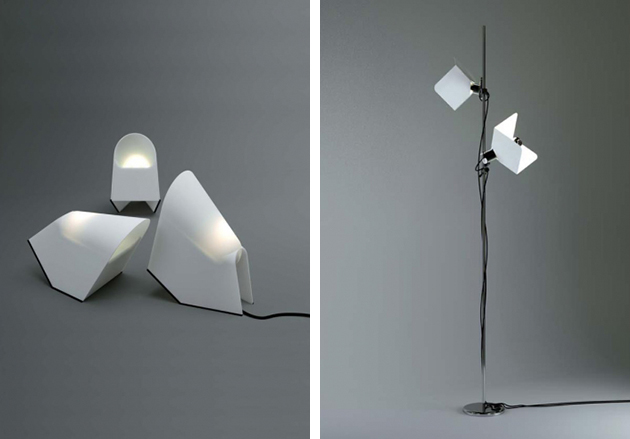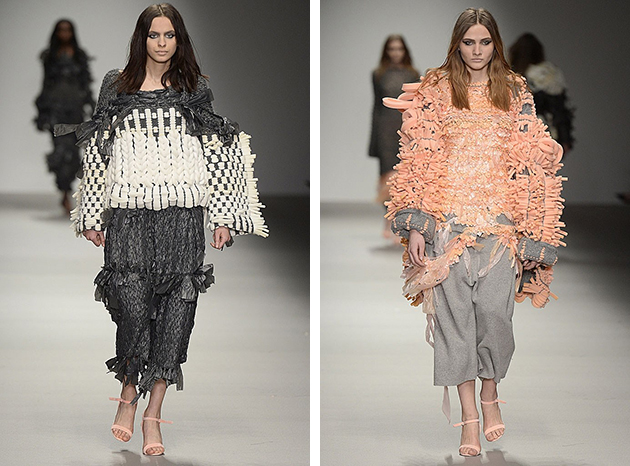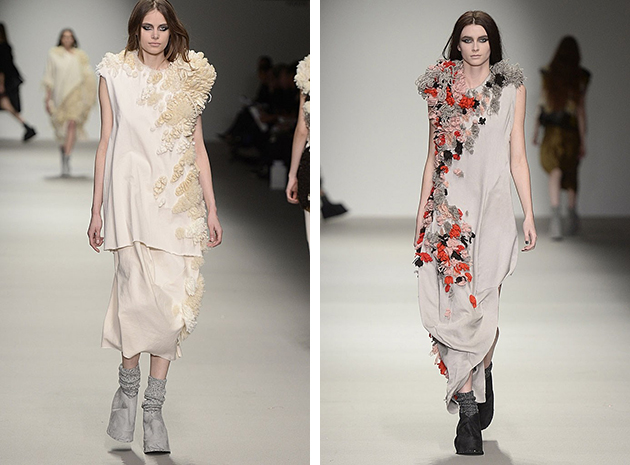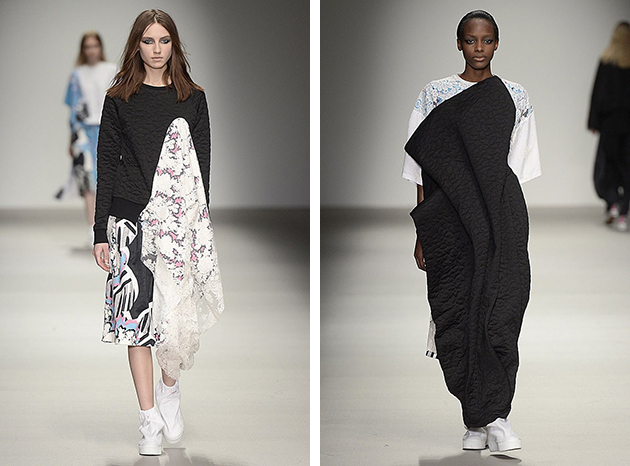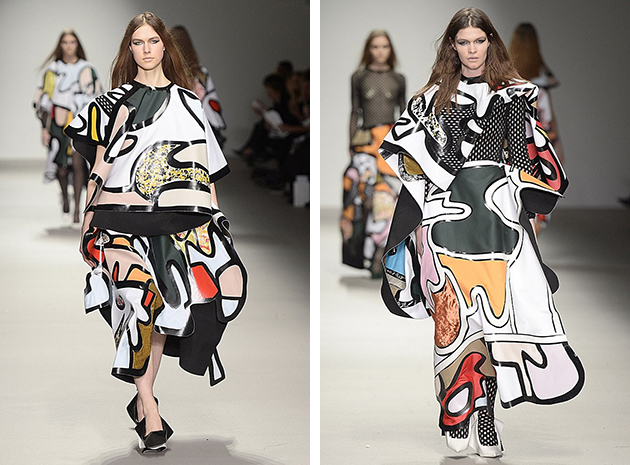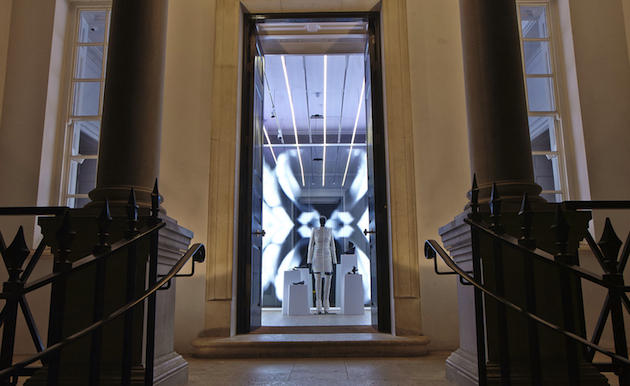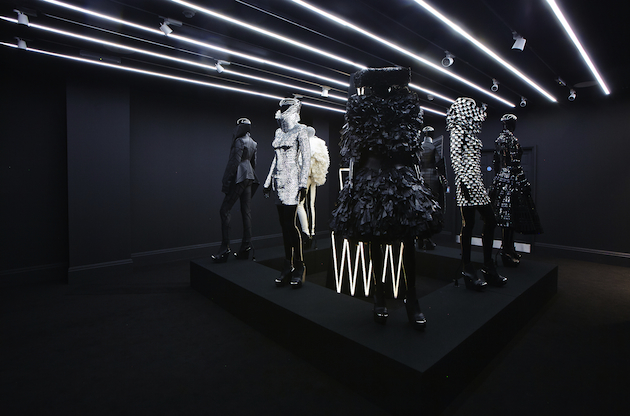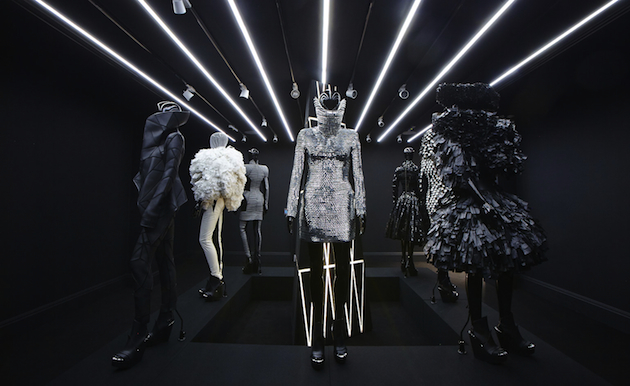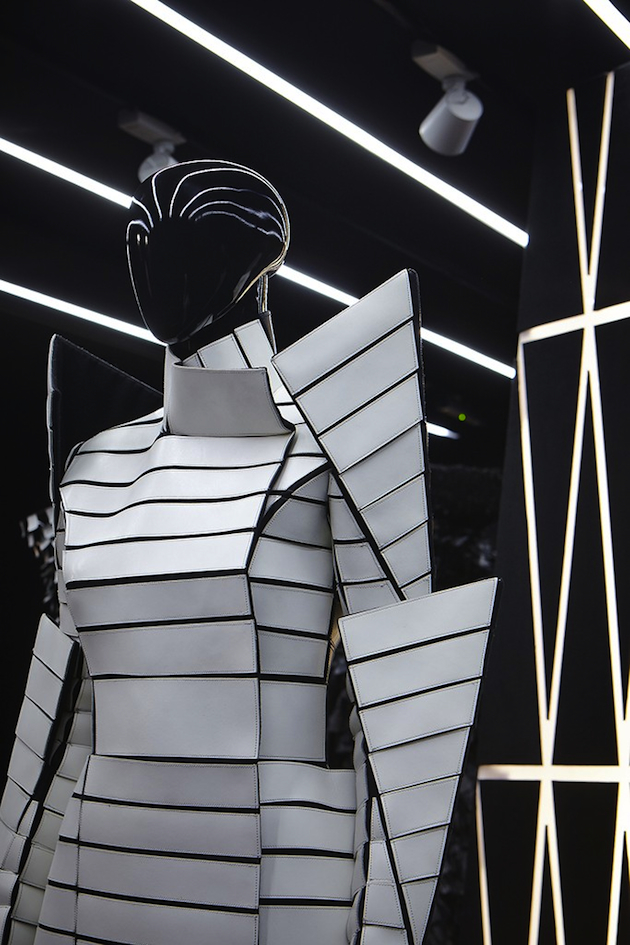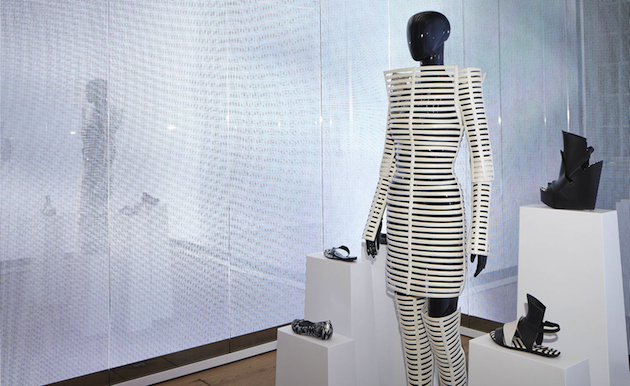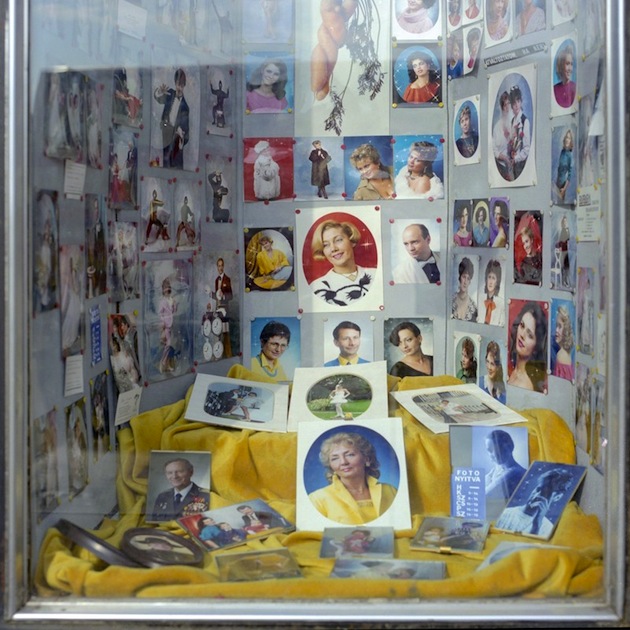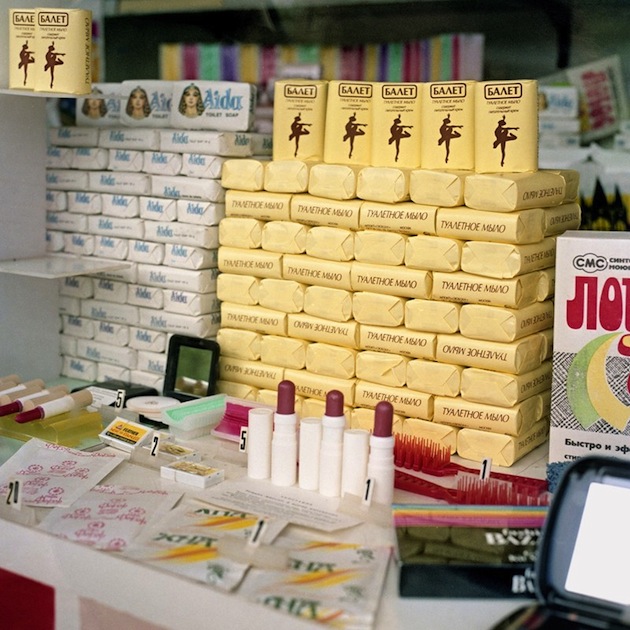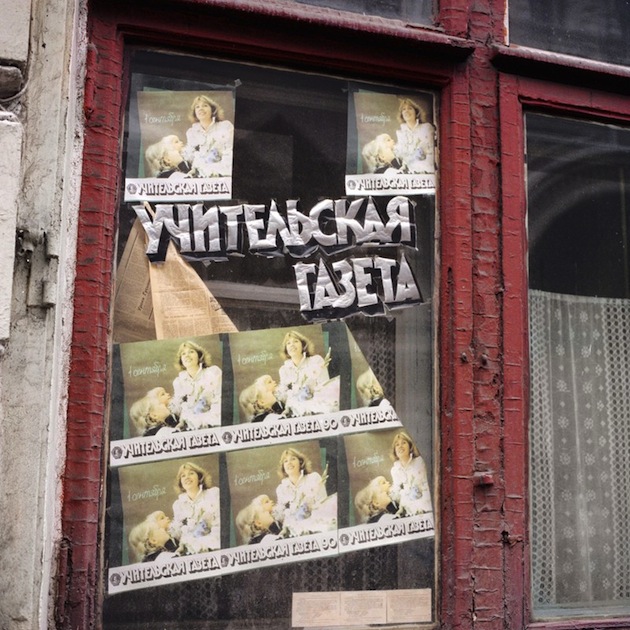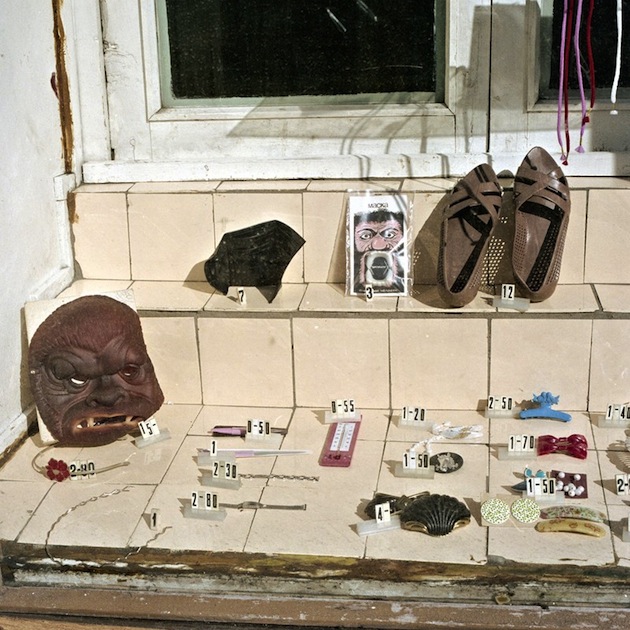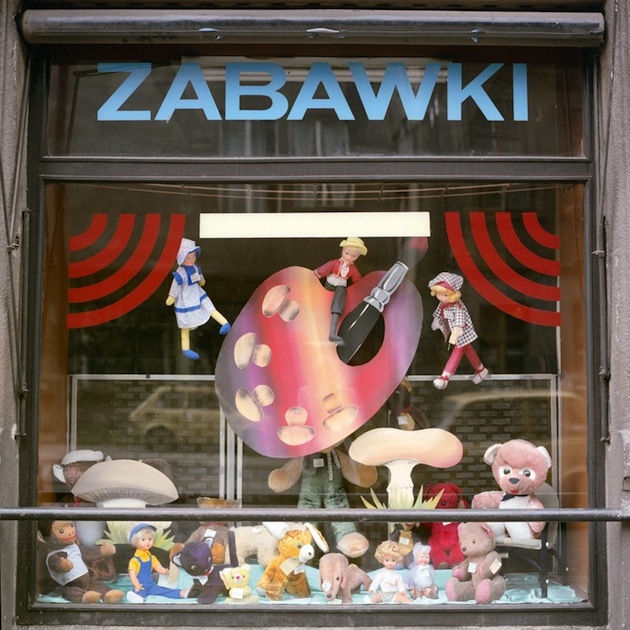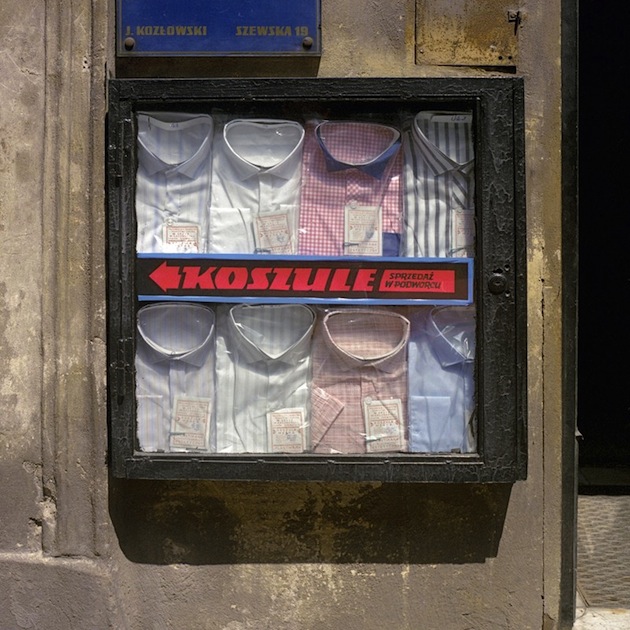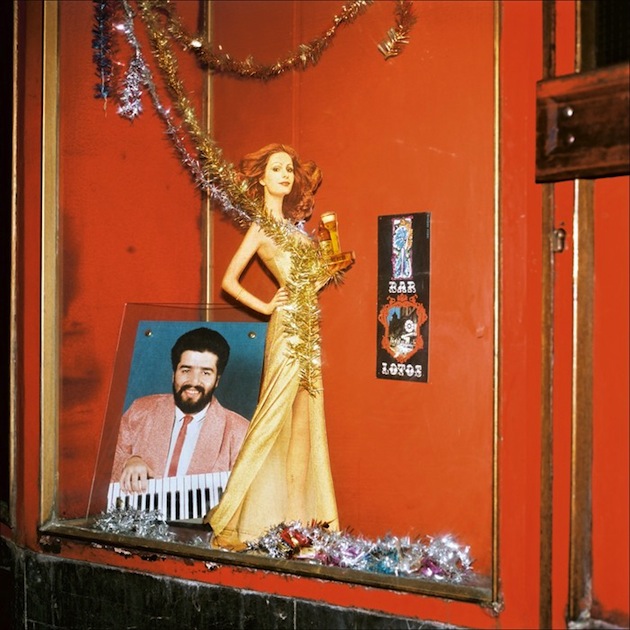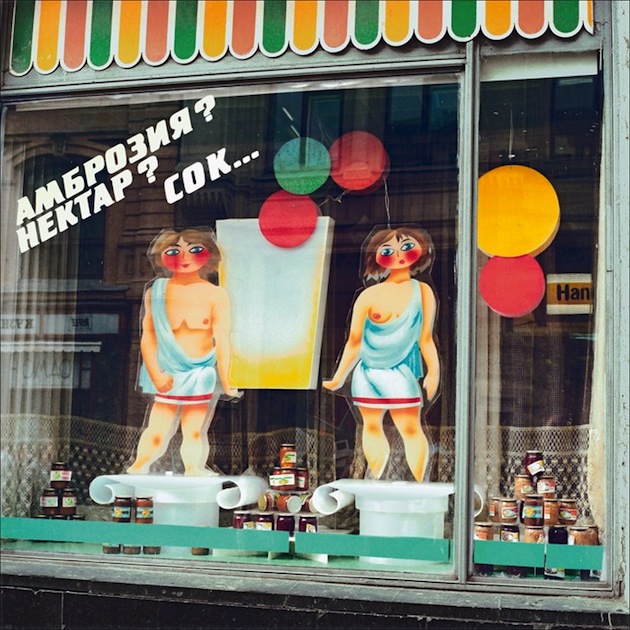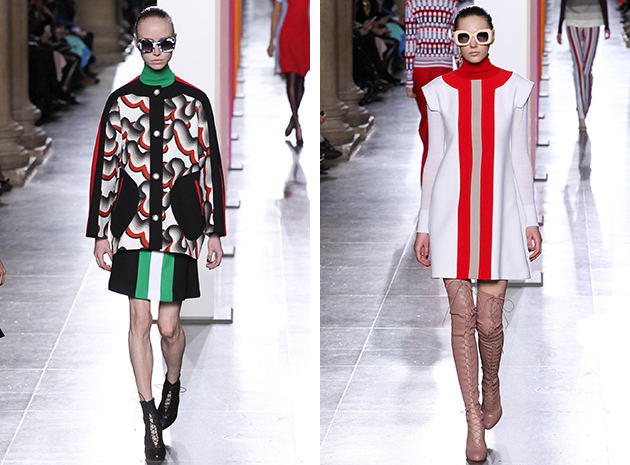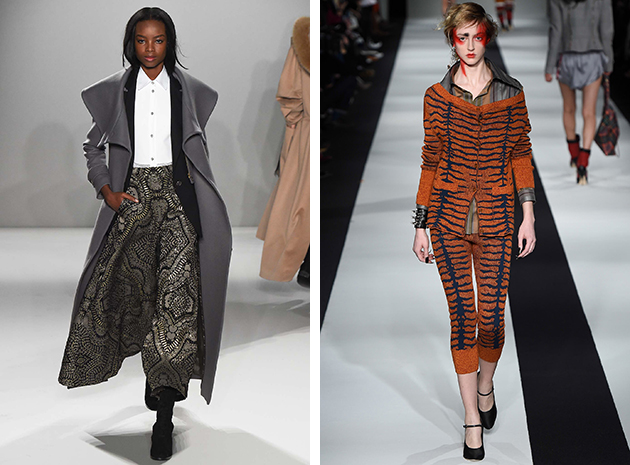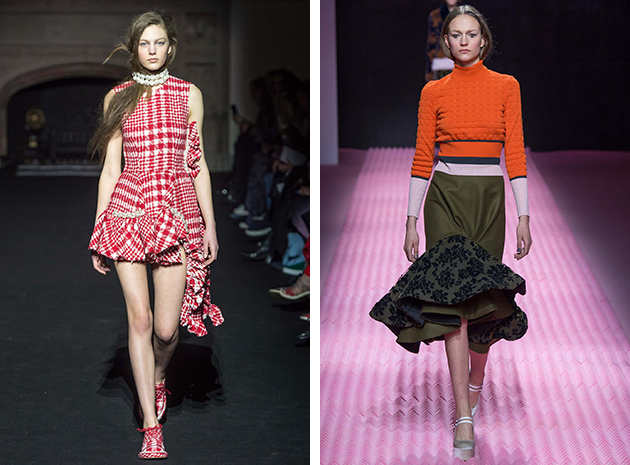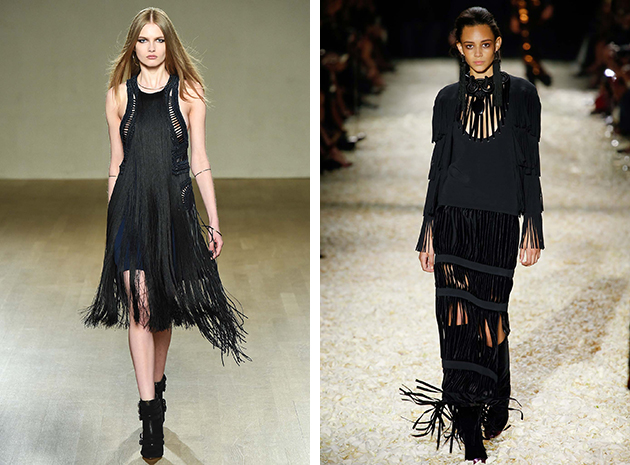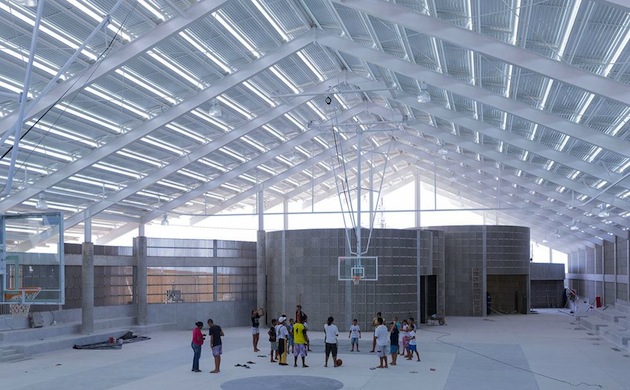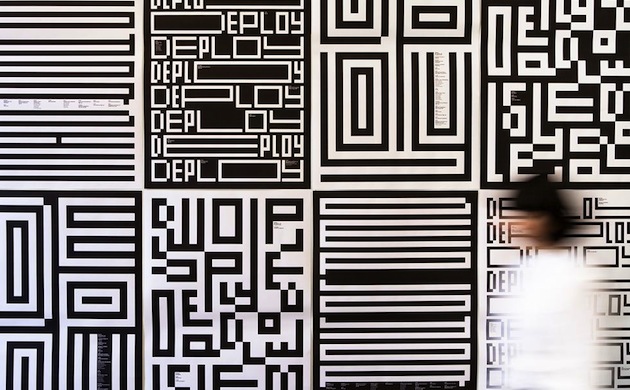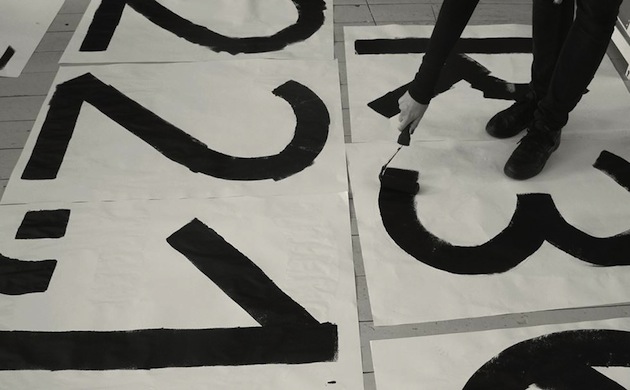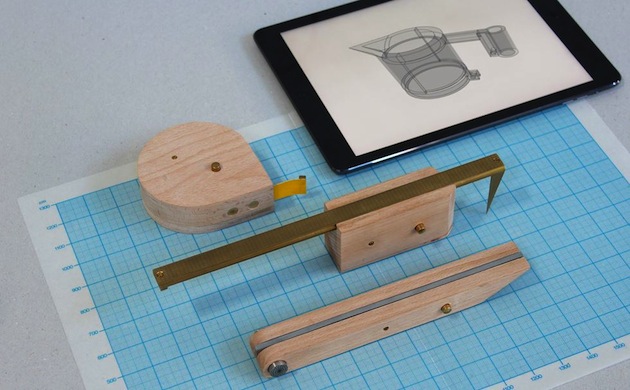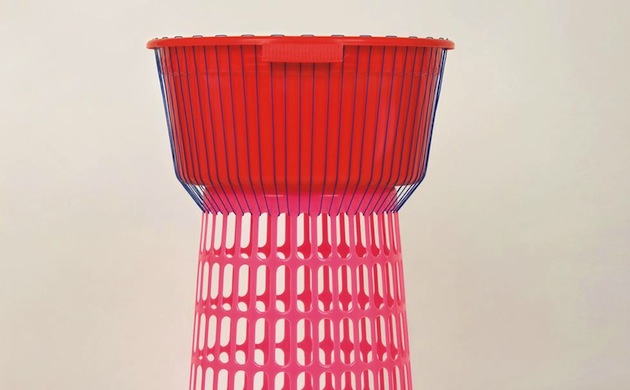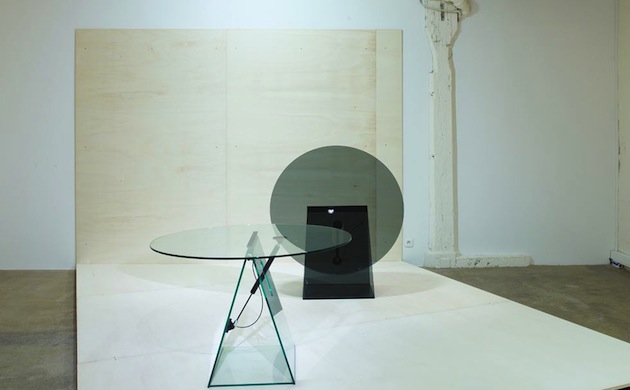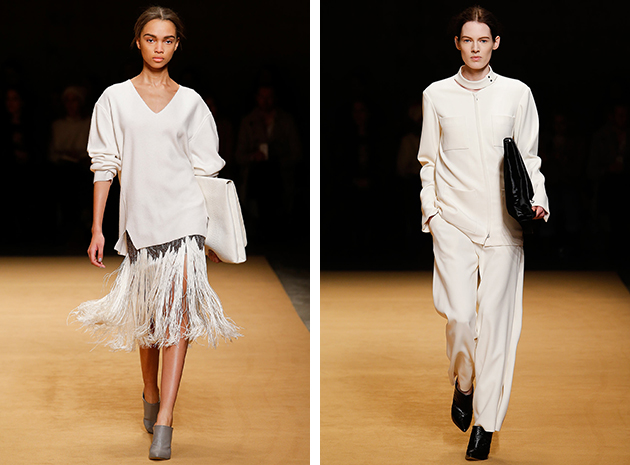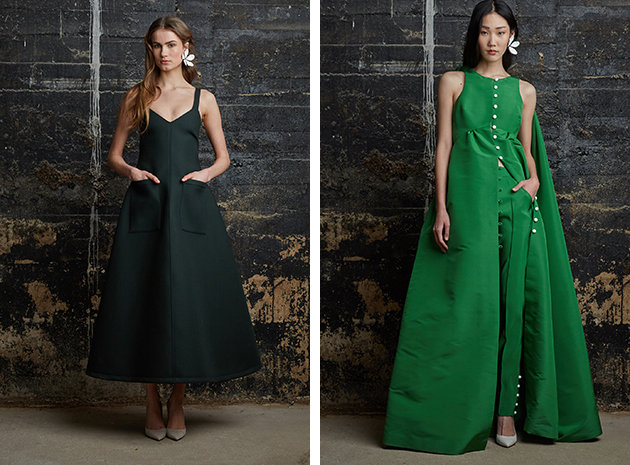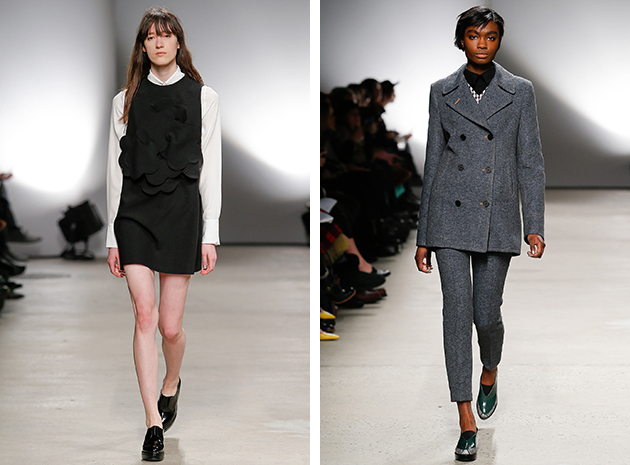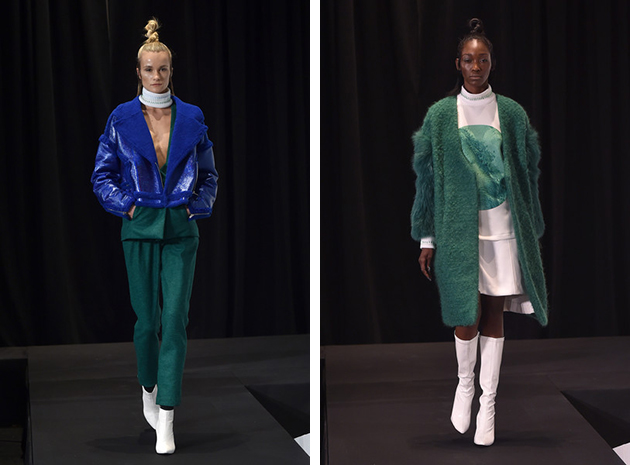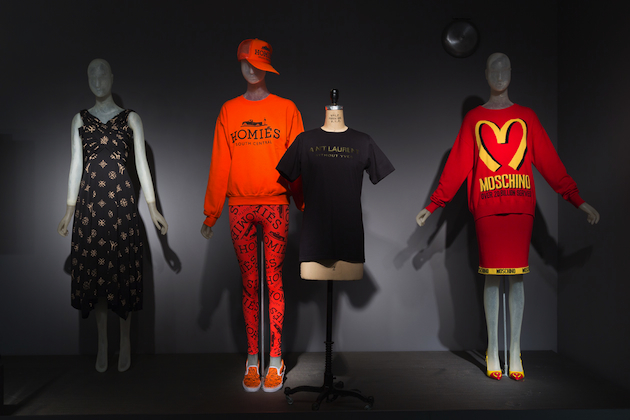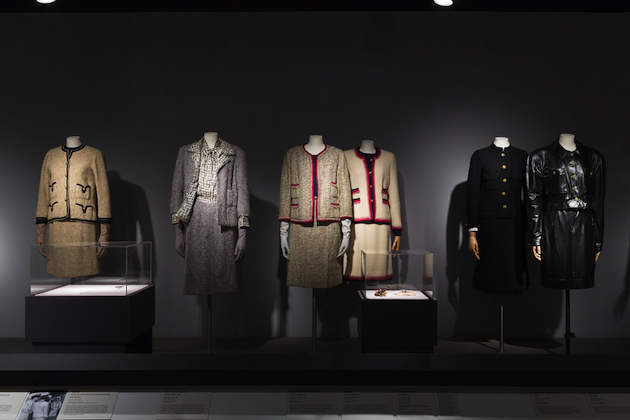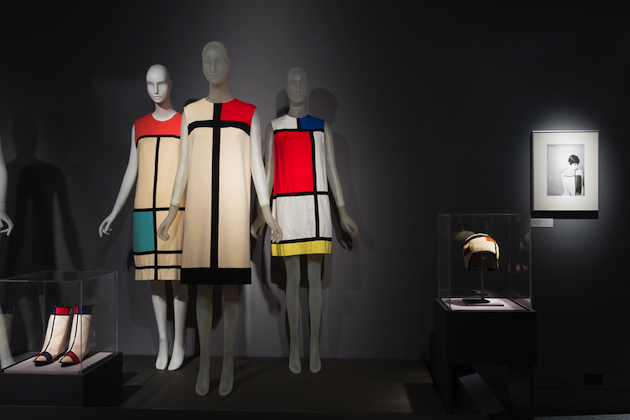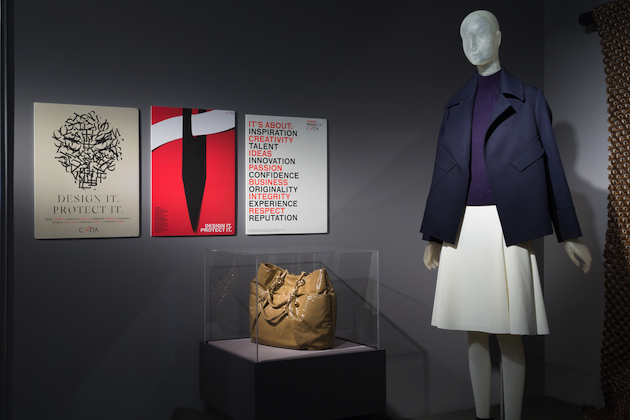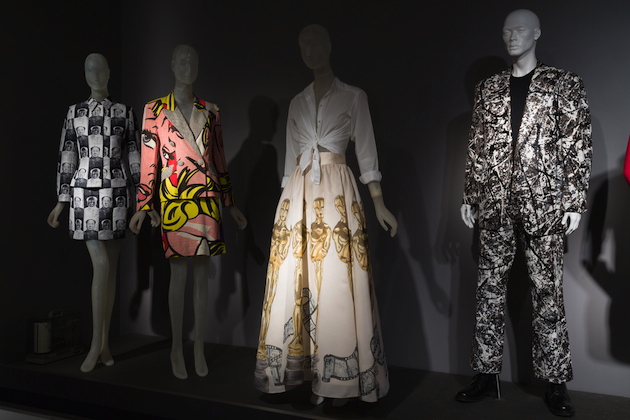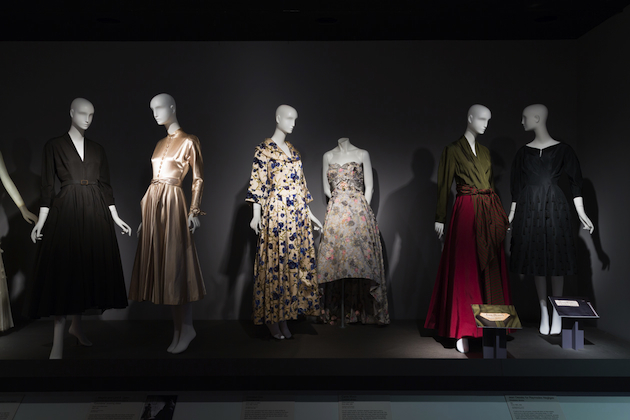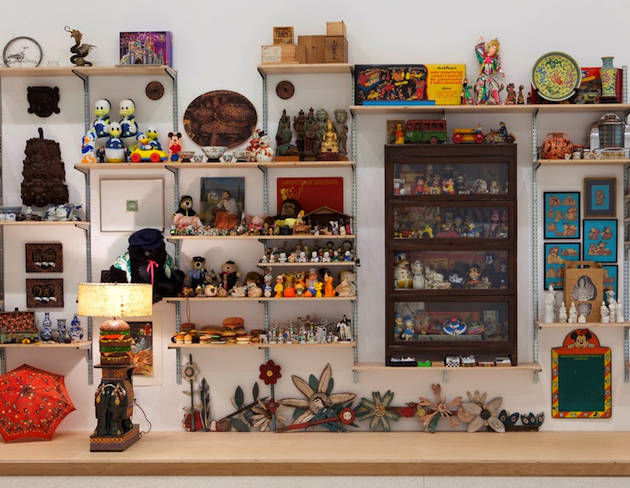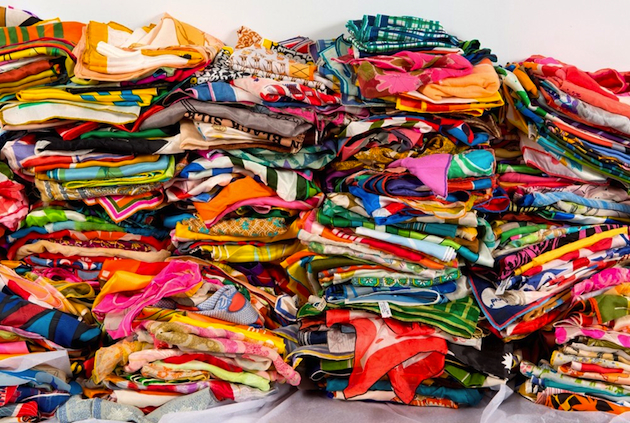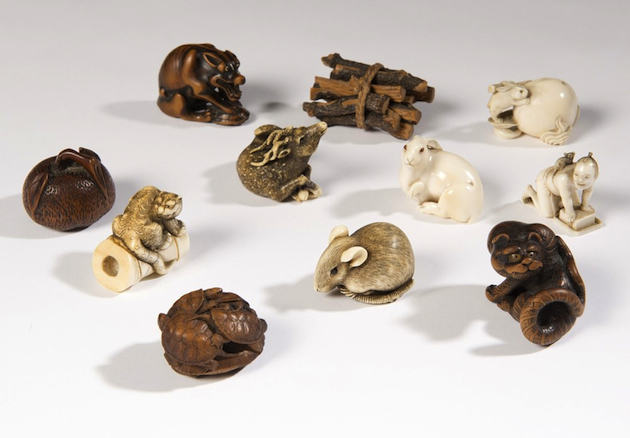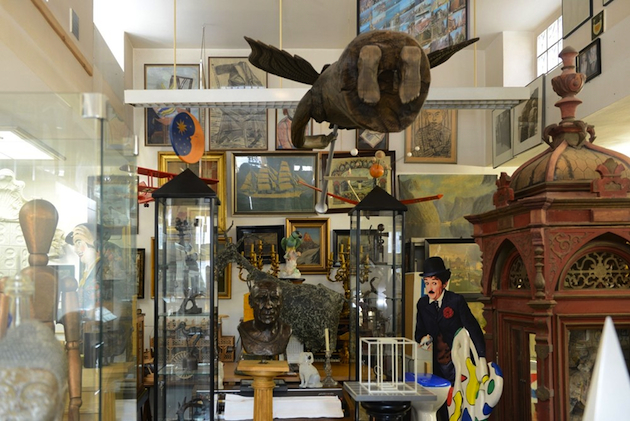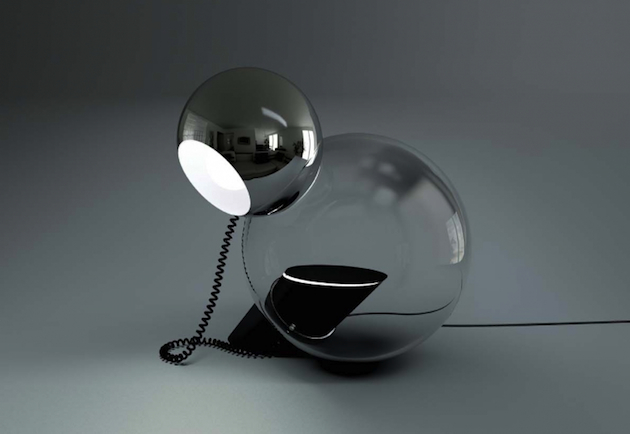
Re-editions in design are the new black. No matter if this happens because our times seem unable to express a new, totalitarian total look, or because they are enchanted by a reassuring, long-lasting vintage mania: in any case, an increasing number of companies – Molteni with Gio Ponti, e15 with Ferdinand Kramer, and Vitra with Jean Prouvé, just to mention a few – have been seduced by the idea of updating the past as an effective and desirable strategy for attracting new business niches. Lighting companies are not excluded from the fray. After Le Corbusier’s Projecteur 365 by Nemo Cassina, it is up to an Italian icon from the Maestri generation, Stilnovo, to officially unveil its upgrades with an exhibition at Galleria Carla Sozzani in Milan. Here the numerous, nostalgic public of this protagonist of the “bel design” has the chance to discover a new collection of re-editions and new prototypes finally gone into production after forty years.
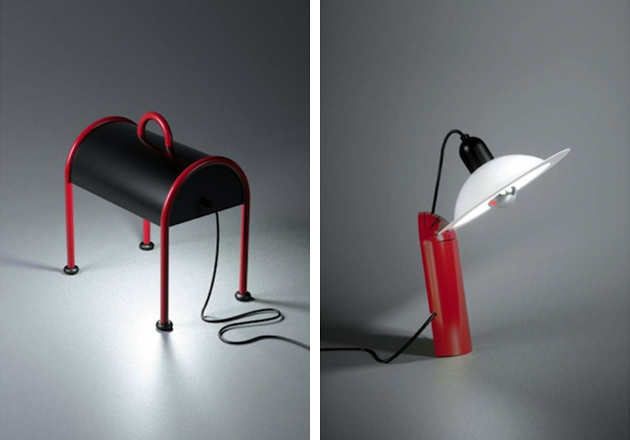
Founded in 1946 by Bruno Gatta, Stilnovo rose to prominence as one of the most successful Italian lighting companies of the post war period. In a time of great economic and social rebirth for the Belpaese, Stilnovo stood out with its search for a new bourgeois taste, both practical and sophisticated, and yet keen to experiment the ultimate technological innovations. After being confined to the realm of auction market for a long time, the company has been relaunched by two Italian entrepreneurs, Massimo Anselmi and Roberto Fiorato, who aim at protecting its great cultural heritage. A scientific committee, composed of design historians, sociologists and architects, has been established to enhance its industrial heritage and to lead its brand values to the XXI century. Stilnovo’s revival, thus, is not limited to a technical update but becomes – as the committee has written in the company’s manifesto – an “advanced laboratory and cultural stimulus: a facilitator of and testimony for Italian design around the world.”
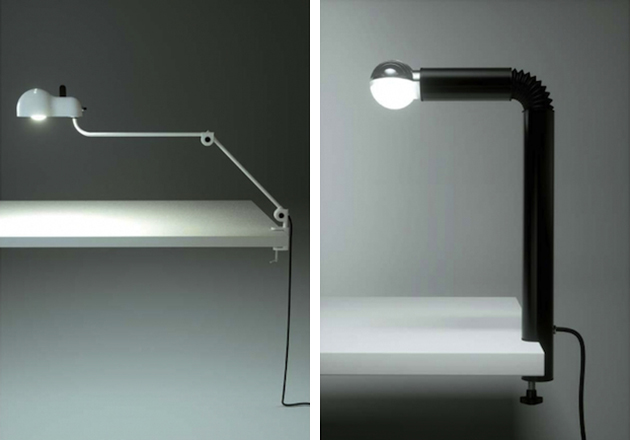
This transformation, by no accident, reflects the very meaning of the company’s name. In the history of Italian literature, Dolce Stilnovo is the most prominent movement of XIII century, which refined the Italian “volgare” (the language spoken in the peninsula after Latin disappeared) transforming poetry into a sophisticated and symbolic linguistic expression. Thus, is Stilnovo the new “angelic woman”, a new model for inspiration and contemplation in the contemporary age? It is hard to say, but for sure its “sweet new style” – what the name literally means – represents a new inspiring protagonist for Made in Italy desirability.
